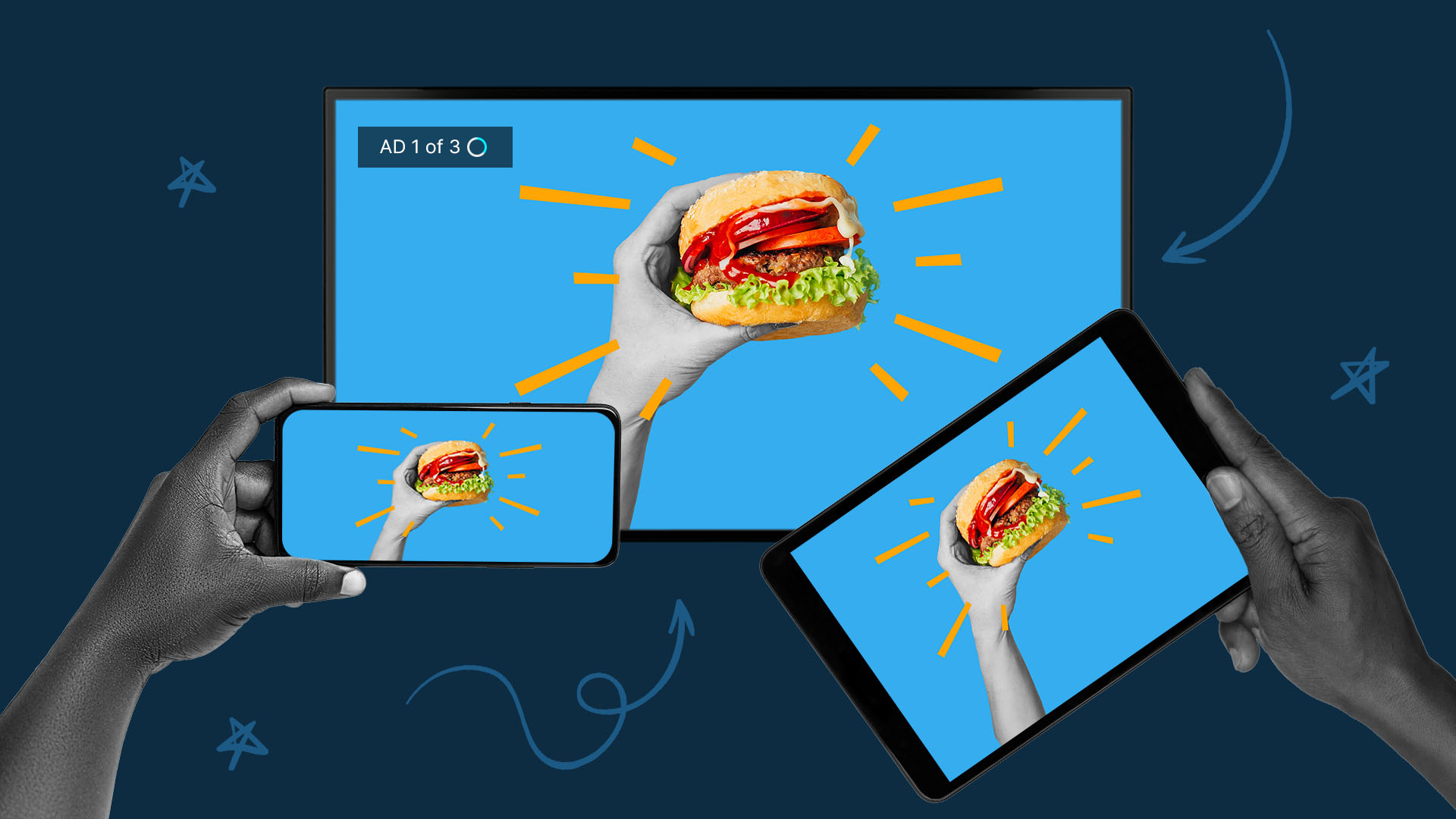Video Post Production: A Step-By-Step Workflow Tutorial

One of the most important but potentially misunderstood phases of the video production process is post-production.
Here you’ll learn what video post-production is, and how marketers can use it to get the most out of their marketing budgets and video content.
Post Production Definition
What is video post-production and why is it important? Video post-production is everything that happens after a shoot, regardless of the type of video, which makes your footage shine and turns it into a final, polished product. It involves such elements as:
- Editing — an editor selects the best takes of the footage and cuts it together through different passes, from rough cut to fine cut. The aim is to make sure the footage flows in the smoothest way possible.
- Graphics and VFX — graphics, visual effects, subtitles, and animation are added in order to include any important information or extra visual pizzazz.
- Color Correction — in digital production, the footage is captured in a raw state. That means that color correction is necessary to make the color take on whatever visual scheme the makers have in mind, whether it’s black-and-white, saturated, sepia-toned (and so on). This phase can be used to simply fix skin tones and make them look natural, or make the footage look highly stylized.
- Audio FX, Sound Editing, and Mixing — you can have wonderful footage but with rough audio, it’s going to be hard to maintain an audience’s attention. A lot of social media video marketing content is designed to be played with audio off (in acknowledgment of the reality that it’s being watched on phones). Still, most videos don’t feel complete without making sure that dialogue levels flow and music or sound design supports the visuals.
What Are the 5 Stages of Video Production?
There are five stages of video production:
1. Planning & Development
During video production planning, the big questions relating to a piece of content are broken down here, like:
- What’s the goal of this content?
- What’s the budget and scope?
- Where is it going to live and who is it going to target?
2. Pre-Production
Once the aims of a piece of content have been decided, the questions get more granular. These include:
- Cast and crew hiring decisions
- Location and shoot length
- Budget
- Deliverable specifications
This last question, which can involve aspect ratios, output formats, and how many different platforms the content is going to be distributed over, is an important one to answer in pre-production.
During video pre-production, many content producers also make use of pre-visualization techniques like storyboarding and digitized lighting models and floor plans. The idea is to make the actual production as easy as possible and nip as many problems in the bud before they significantly increase the cost of video production.
3. Production
Production is the actual shooting phase in which content is captured. Shoots used to be a lot more complicated, but with new technologies, they have become much more streamlined.
A lot of great content for the web (which is where most ads are consumed, after all) doesn’t have to be elaborately produced. Indeed, it’s sometimes better to go with a simpler and more direct, authentic-feeling option.
User-Generated Content (UGC), or content designed to look like UGC, can be highly effective when trying to reach audiences.
It’s critical to shoot footage that can be repurposed in a number of ways, across different platforms, so it will ultimately feel “native” or authentic to whichever distribution platform it lands on.
4. Post Production
Post-production is the phase in which simply produced video can really come into its own. Editing content rhythmically and making sure its pace is compelling, adding graphics, subtitles and/or animation, making sure the color palette looks stylish and ensuring that the audio is smooth are all essential elements to making a piece of content really come to life.
But post-production is even more essential than that. It’s when crafty content makers can repurpose footage to produce not just one spot, but an entire connected campaign.
5. Marketing and Distribution
This phase involves actually getting your project into the world and being received by an audience. In the age of big data, it’s possible to continuously track and improve how your audience is responding to your content.
Some ads can be pulled and others altered so you can be sure the content is resonating with your audience.
How Long Does Post-Production Last?
This really depends on how complex your project is and your schedule for the completion of the project.
The good news is that post-production tools are getting more and more efficient. That means faster post-production, but also more avenues for creative exploration and trial and error. You could try differently paced cuts, various music choices, and different graphics — and still make your release deadline.
5 Stages of Video Post Production Process
What is video post-production? It comprises five distinct phases, broken down below:
Phase 1. Editing the Content
Picture editing usually passes through a few stages as cuts progress from rough to smooth. The editor starts by selecting the best takes of each performance. Editors incorporate feedback from the director, producers, and clients until the edit is smooth.
Phase 2. Edit Sound & Add Music
Editing sound can include:
- Re-recording lines that weren’t perfectly recorded the first time around
- Adding sound effects
- Adding voiceover
Adding music can really change a project’s feel and emotion, so it’s worth spending time trying a few different options.
Phase 3. Adding Visual Effects
Visual effects run the gamut from light airbrushing or taking out distracting details or adding in green-screened backgrounds, to adding digital and CGI creations.
Phase 4. Sound Mixing
Mixing is the art of making sure that all the elements of an audio track are properly balanced and audible: dialogue against music and sound effects.
It’s also about making sure there are no sudden jumps in volume or other jarring effects.
Phase 5. Color Grading
This can be subtle or extreme, depending on how stylized a project is. Colors can either be enhanced or exaggerated.
Video Editing Software & Equipment: What Do You Need?
A professional post-production workflow can be quite complicated.
When it comes to editing, there are definitely aspects of the process that could be done on a laptop. Editing software is widely available, as is color correction software. It takes a lot of storage in the form of detachable drives to store all your media files.
For FX, it gets a bit trickier: even with the necessary skill, it can take a lot of time to DIY those kinds of things. The same goes for audio editing and mixing. It takes advanced mixing equipment and speakers to really hear how your audio is sounding.
The more complicated the needs of your project, the more time and labor are required. More sophisticated equipment can be necessary to deliver ads that look and sound completely professional-grade (like an ADR facility, for example). It can add up!
How QuickFrame Streamlines Post-Production Workflow
QuickFrame uses a video marketplace approach to content which allows brands to connect nimbly with post-production and video content production experts globally.
It simplifies the post-production process by allowing brands to connect with experts who understand how and have the ability to repurpose content in a number of ways. QuickFrame utilizes post-production to create an exciting and compelling campaign so you can maximize your post-production budget.
Need help making videos? See how our video production platform can help your business.
Video Post-Production Process: Final Thoughts
If you’re wondering how to make the most of the critical phase of video post-production during content creation, get in touch with QuickFrame.
We’re experts at getting the most out of your resources and making sure the campaign is connecting as you want it to. Get in touch to talk about your campaign’s post-production today.
Do More with Video
Learn how we can help you produce more quality videos affordably and at scale.


